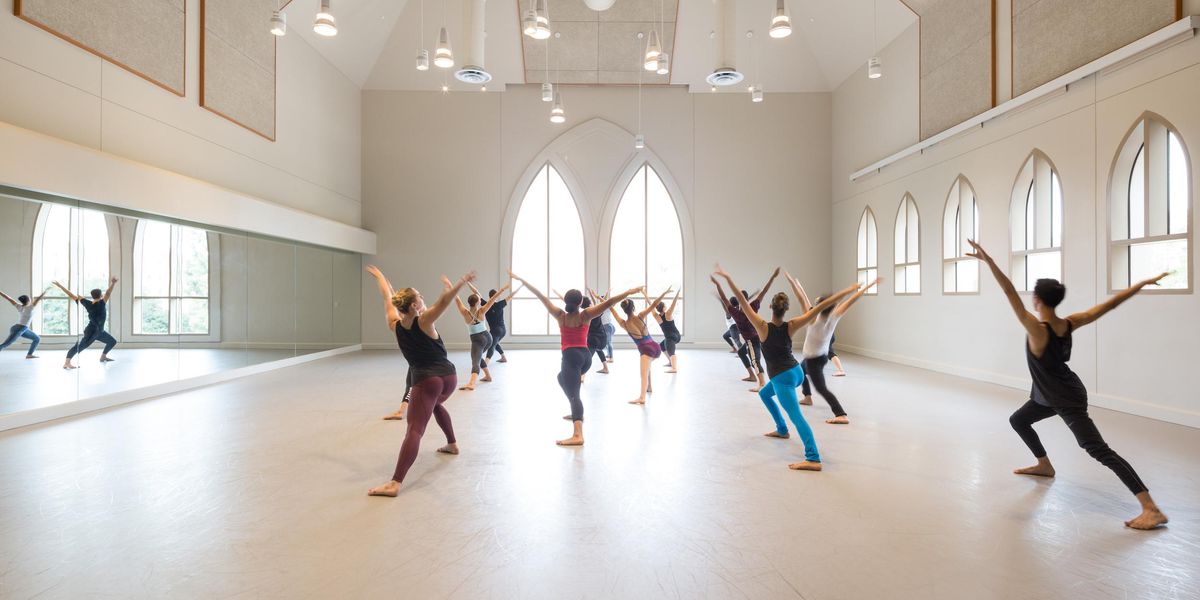10 Minutes with Lucinda Childs
The choreographer returns to the works that jump-started her career.
Available Light. Photo by Doug Mason, Courtesy MASS MoCA
Marked by brilliant use of space, pattern and repetition, Lucinda Childs’ minimalist works helped revolutionize postmodern dance in the ’60s. But it is only recently that the choreographer began looking back to the very pieces that put her on the map. From 2000 to 2008, she disbanded her troupe to focus on creating for companies like Bayerisches Staatsballett, Boston Ballet and Les Ballets de Monte-Carlo, as well as opera houses in the U.S. and abroad, and has spent the past several years on Einstein on the Beach. Now that she’s once again working with her own dancers, Childs is revisiting Available Light (1983), a dizzyingly complex piece with music by John Adams and design by Frank Gehry. It will visit Los Angeles, June 5–6, and tour to Philadelphia and Berkeley in September before going to Europe.
Why restage an older work?
It really came from the presenters. Philip Glass and I have started talking about a new creation, but it’s taking more time, so that will be our next project.
Collaborating with composers and designers is a big part of your work.
When I first worked on earlier pieces with Robert Wilson and Philip Glass, it was a huge transition for me to go from alternative spaces and no music to a traditional theater space. In Available Light, the music of John Adams has an atmosphere that I wanted to try to capture with the dancers. That was the day and age of these big collaborations with composers and visual artists, a very exciting time for me.
Childs (with glasses) pieces together the work with her dancers. Photo by Megan Bridge
Your choreography for the piece creates visible corridors in the space. How did you achieve this?
In Available Light nobody goes offstage. I used the dancers to choreograph these sort of tunnels and pathways, which are vertical in the space. When the dancers go upstage, they can pass under the platform. The second level is high enough so they can walk underneath, but they never exit.
Can you tell me more about the new creation you’re working on?
Philip Glass and I are collaborating with visual artist James Turrell. We are still figuring it out. It will be a full-length piece, using four musicians and a company of 12.
You’ve made a lot of work abroad. Do you feel like your choreography is received differently outside the U.S.?
I’ve worked on about 20 operas altogether and most of them have been in Europe. I think opera in the U.S. tends to be more traditional. It’s the same with dance companies. Very few in the U.S. have asked me for work. But in reviving these older works now, something new seems to be happening. There is interest from a generation that wasn’t even born when these premiered. Even with the existing scores and videos, I don’t think anyone who has not danced the pieces would understand how to put them back together. I feel that I’m the only one at this time that can make a revival possible.




